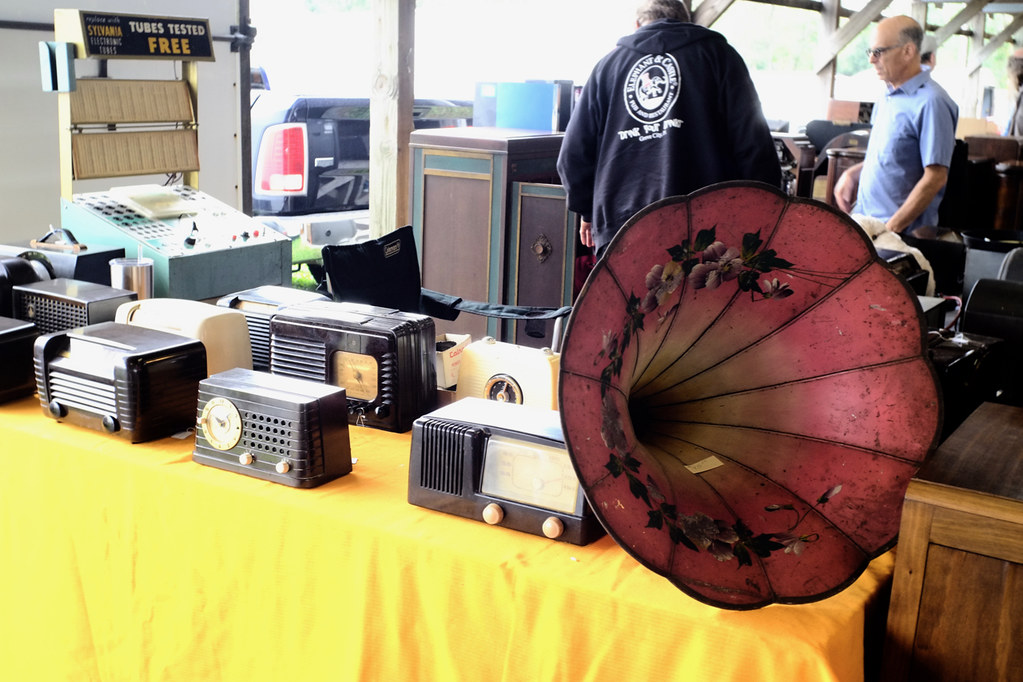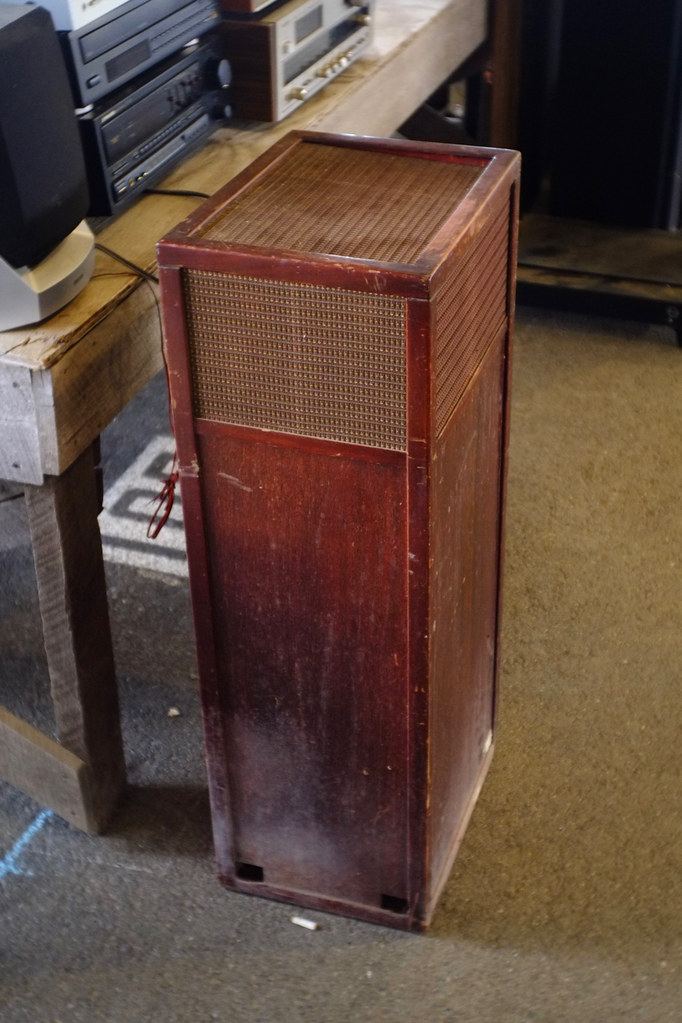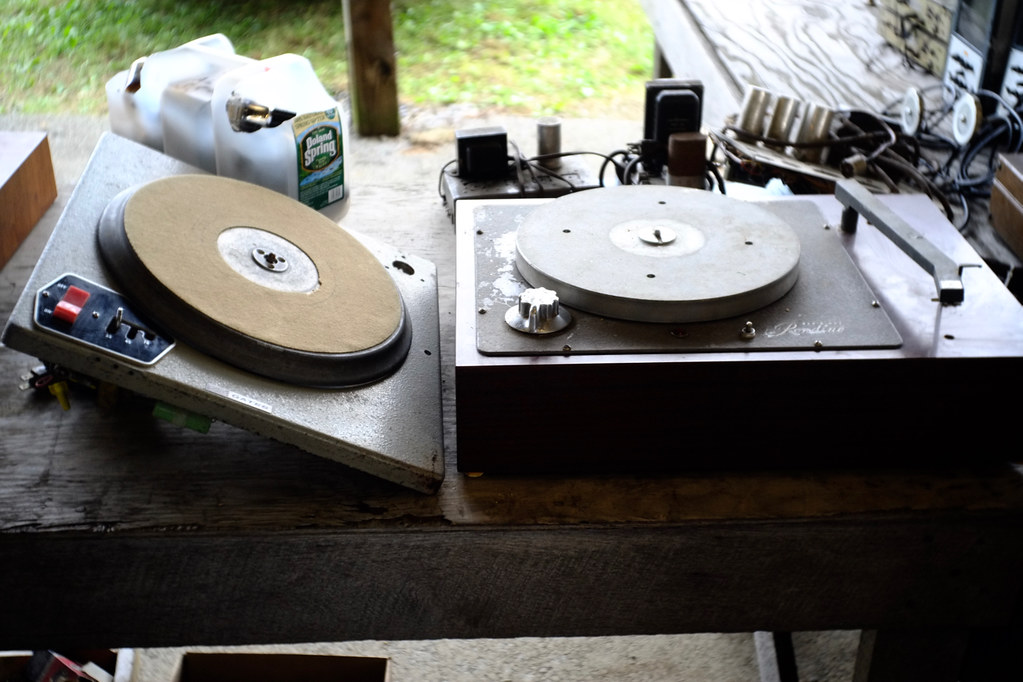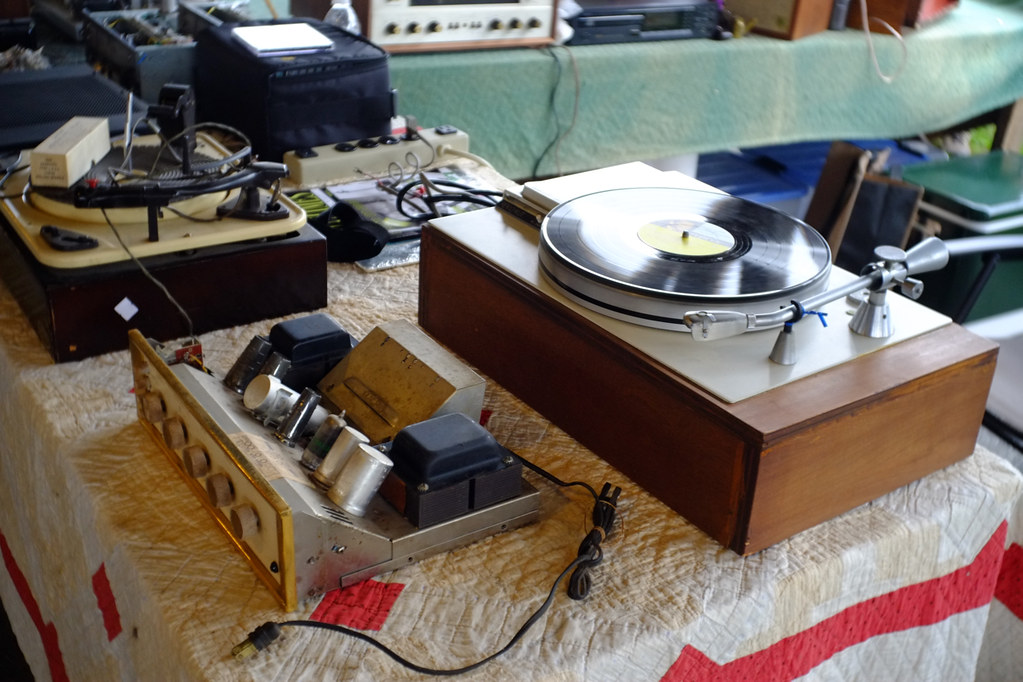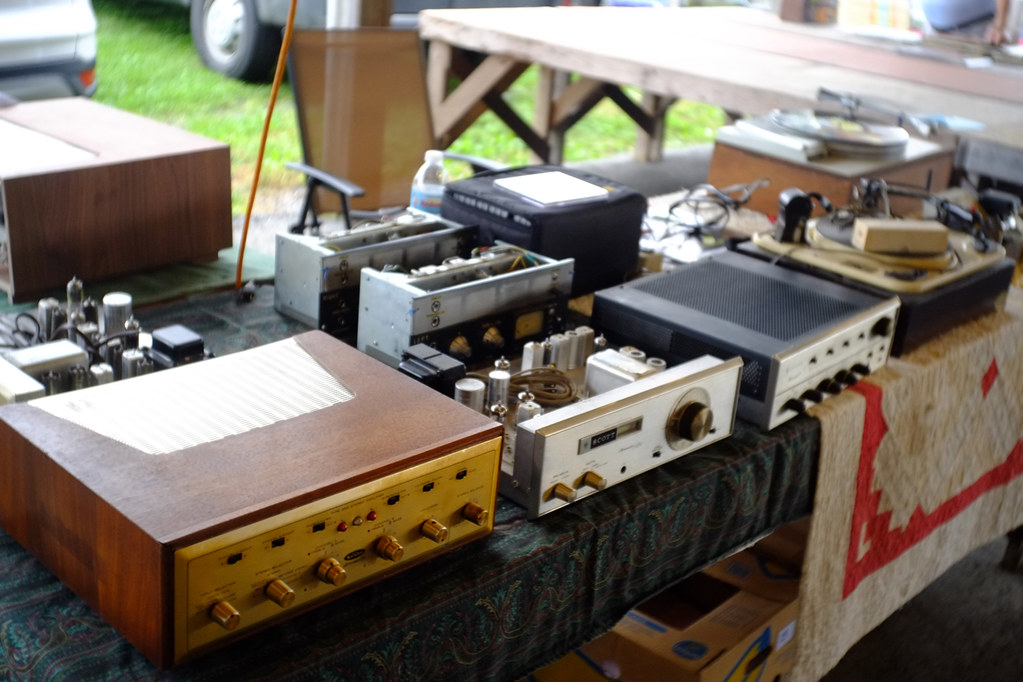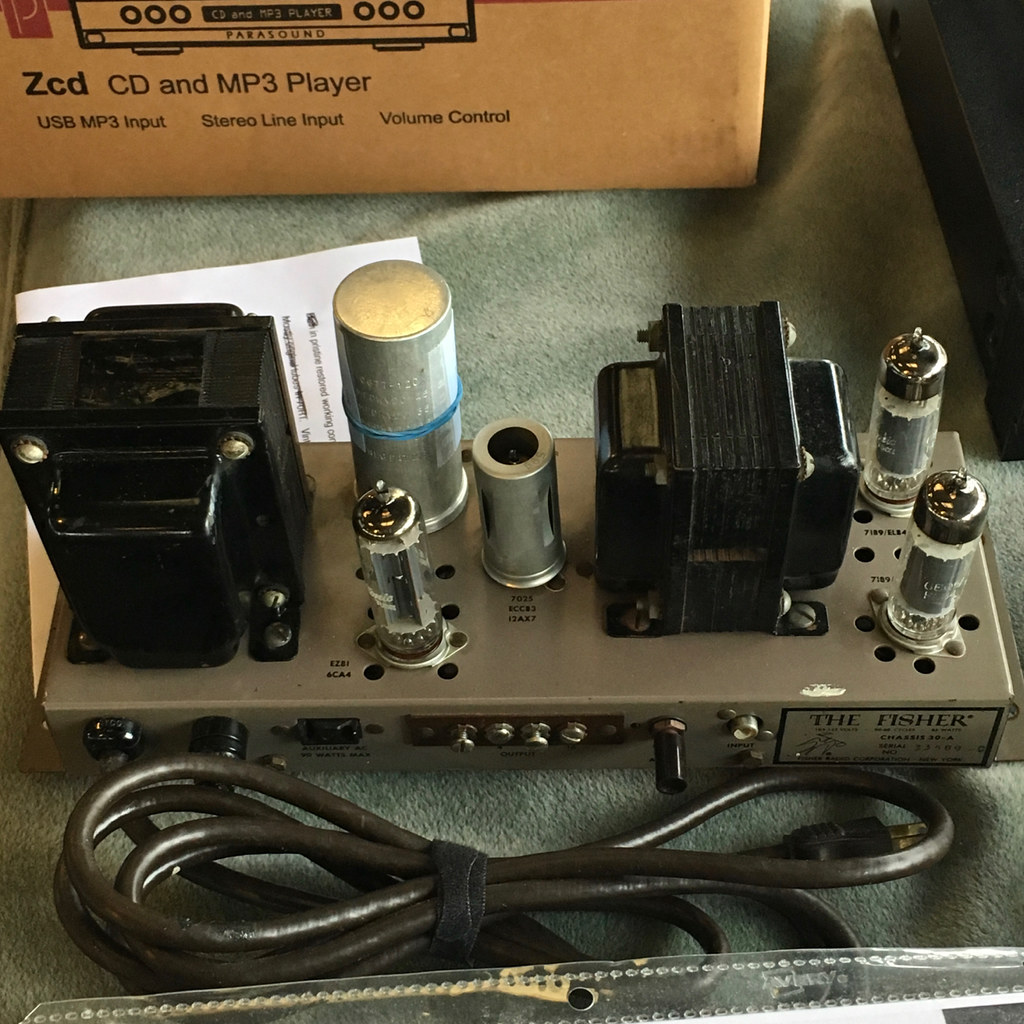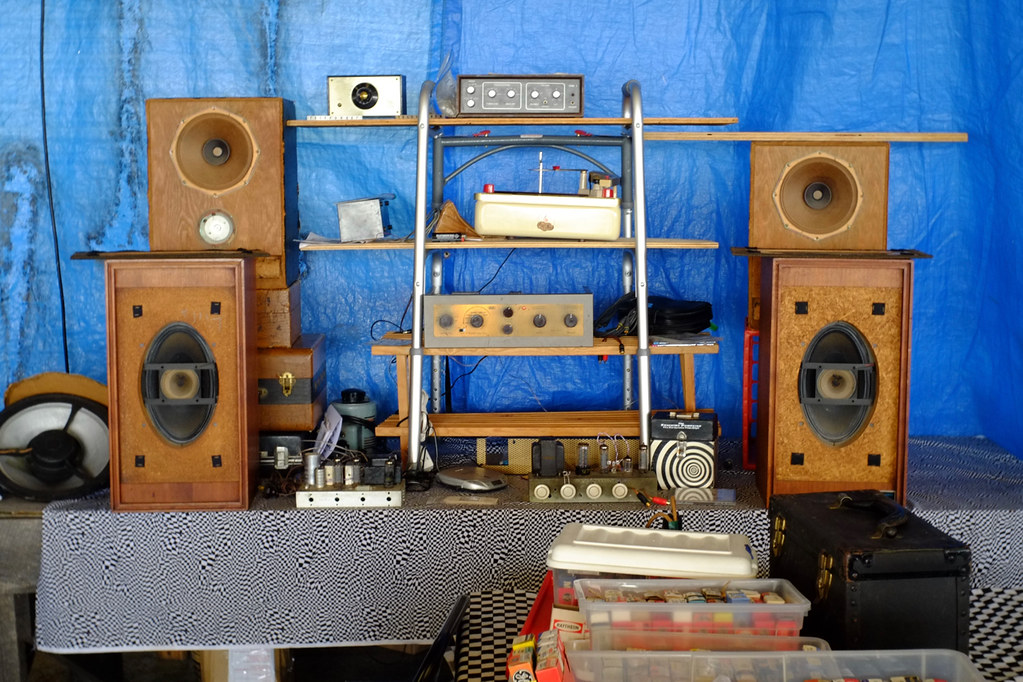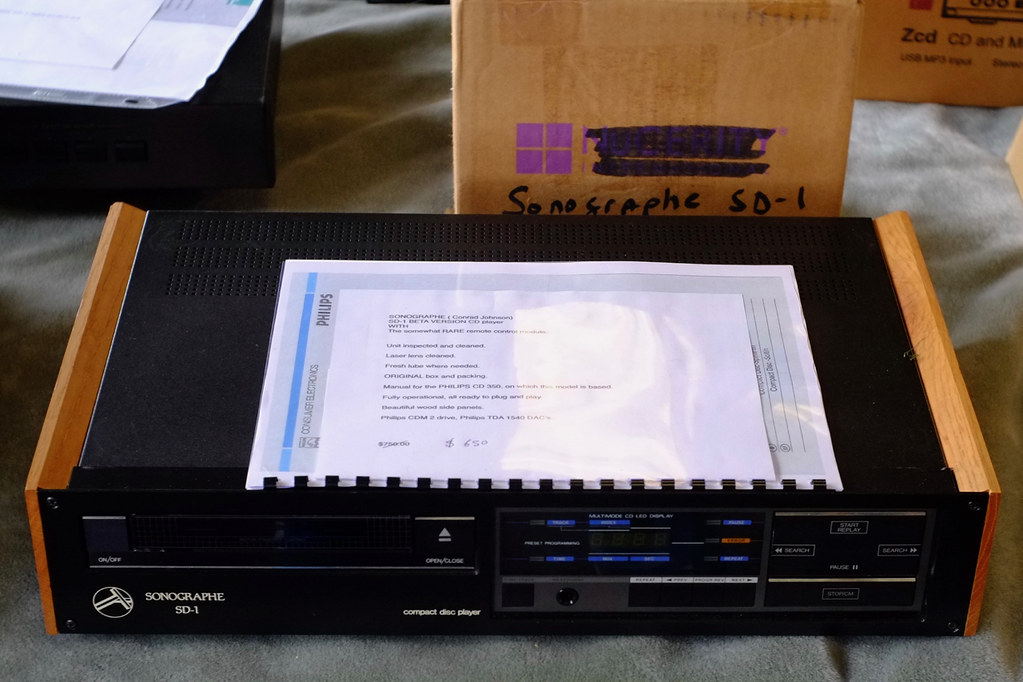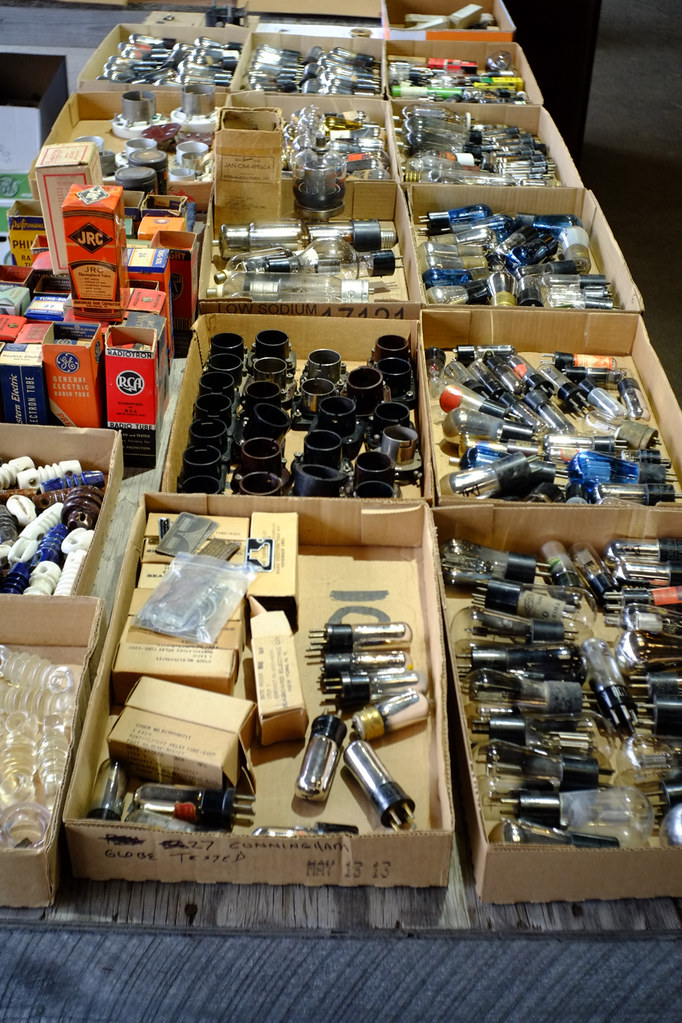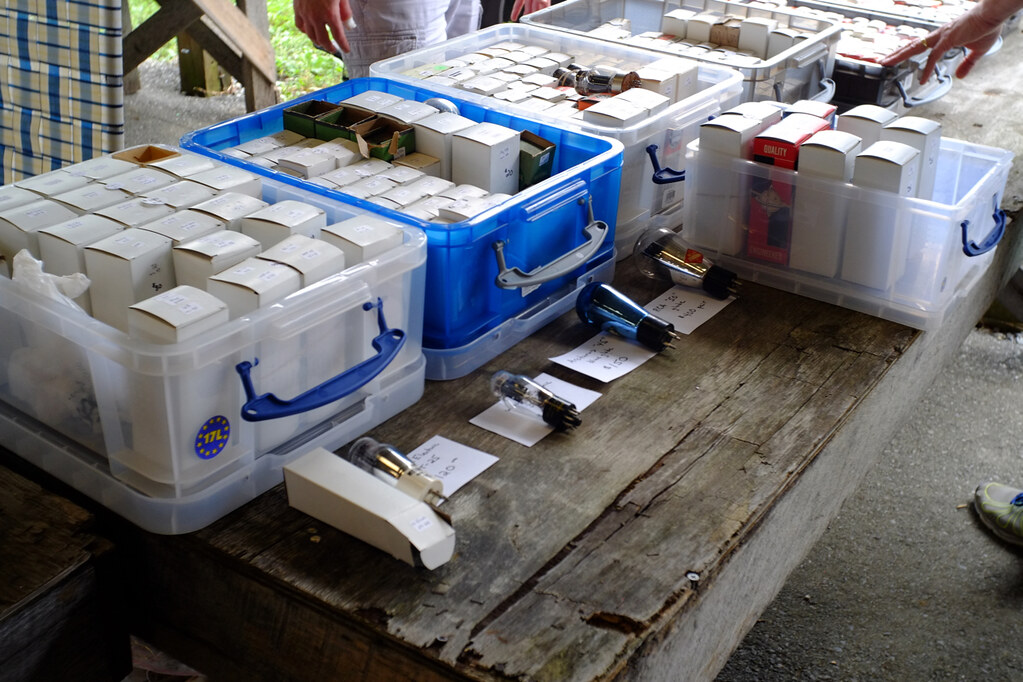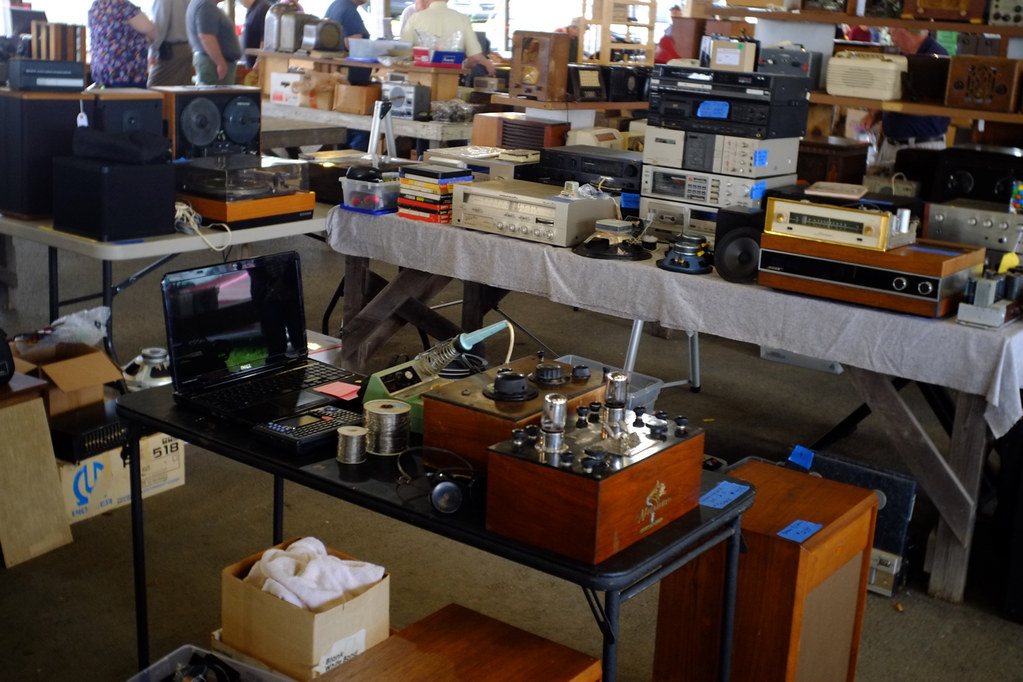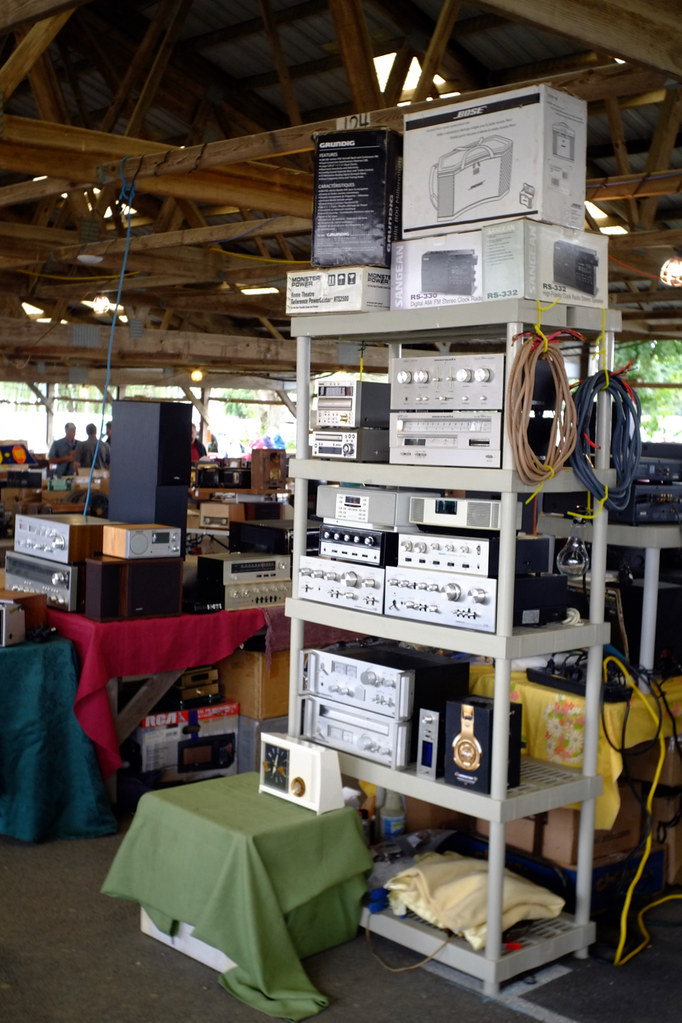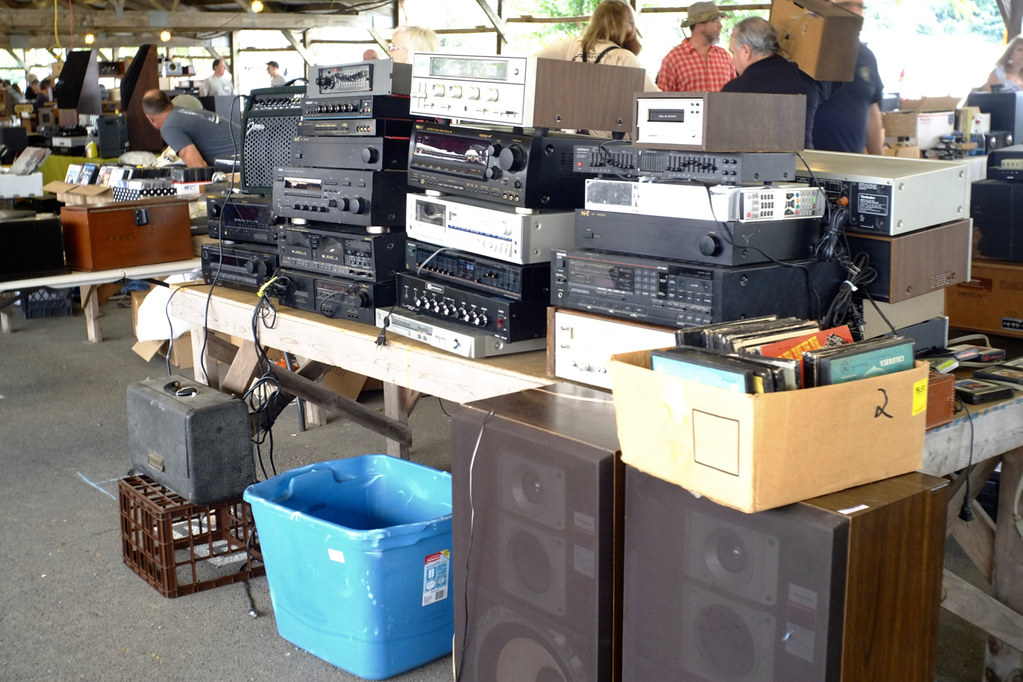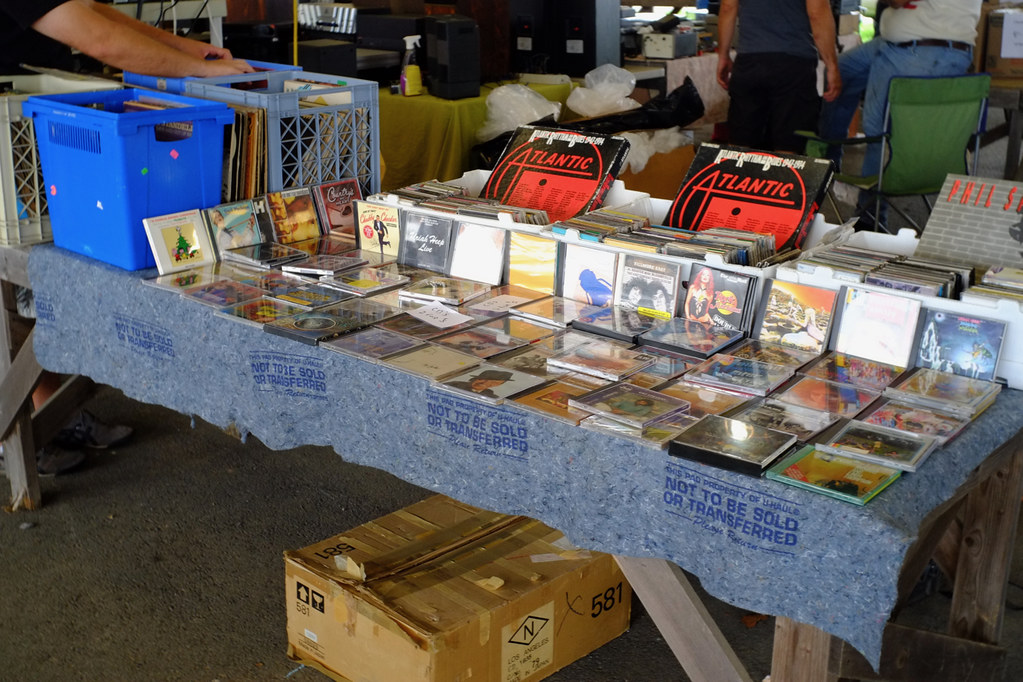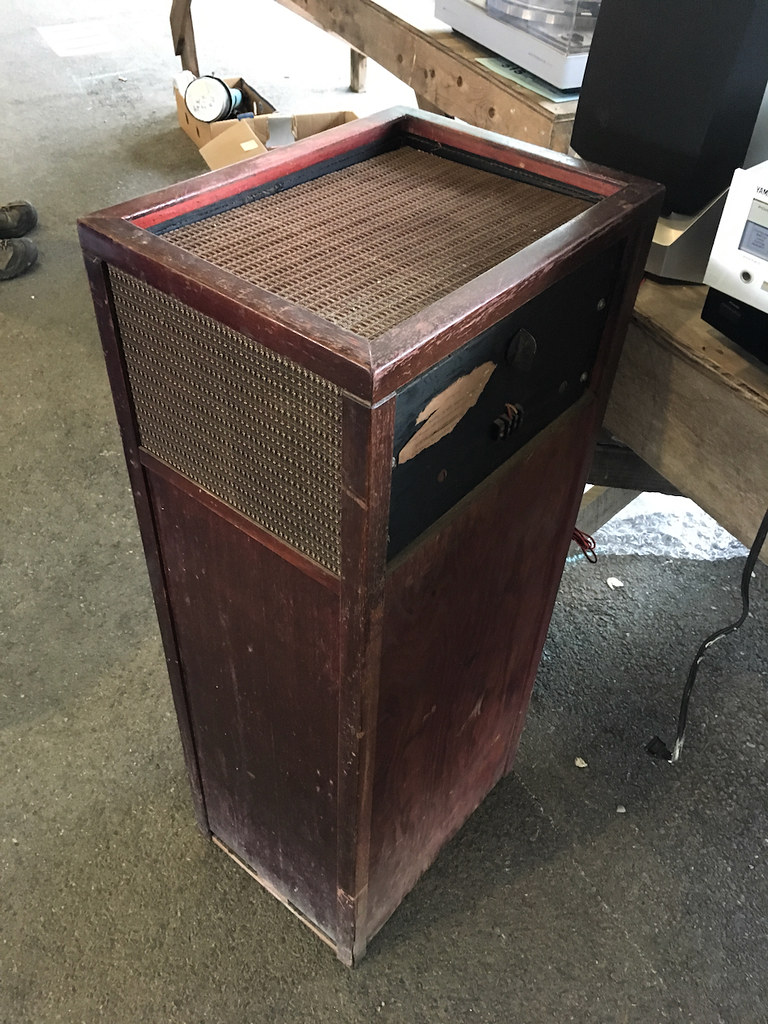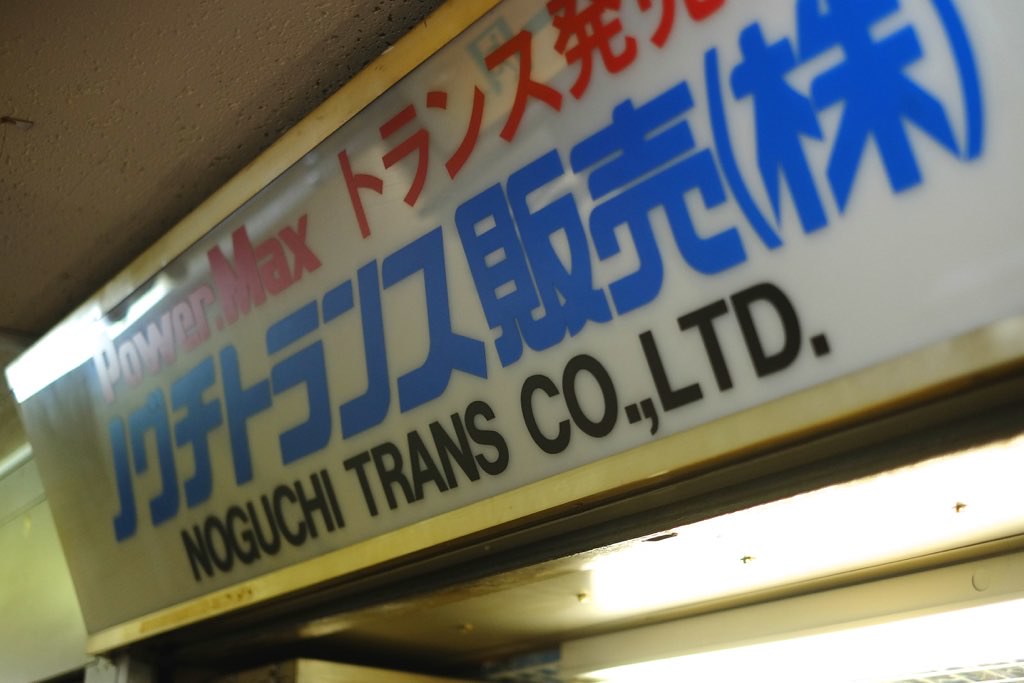To all readers based in Manila, please mark your calendars.
Don't miss a guaranteed good time. 👍👍👍
Here's a preview of what I will miss. 😢
G.I.P. Laboratory + Harana Audio Collaboration
GIP 815 in Harana Audio V-Vent cabinets
Harana Audio Workshop
Suzuki-san inspecting the electronics - Wavelength Audio SE45 with Magnequest Cobalt OPTs driving the horns and SE300B with Tamura Permalloy OPTs driving the bass, signal source = DEQX HPD5
Suzuki-san is listening
Approved👍👍👌👌
Time for lunch!
Oh wait a moment...
let's have some Beethoven Moonlight Sonata as an appetizer 😁
Visit GIP Labs in room 646 and Harana/GIP next door, 647.
Cheers to Suzuki-san and Joey.🍻










